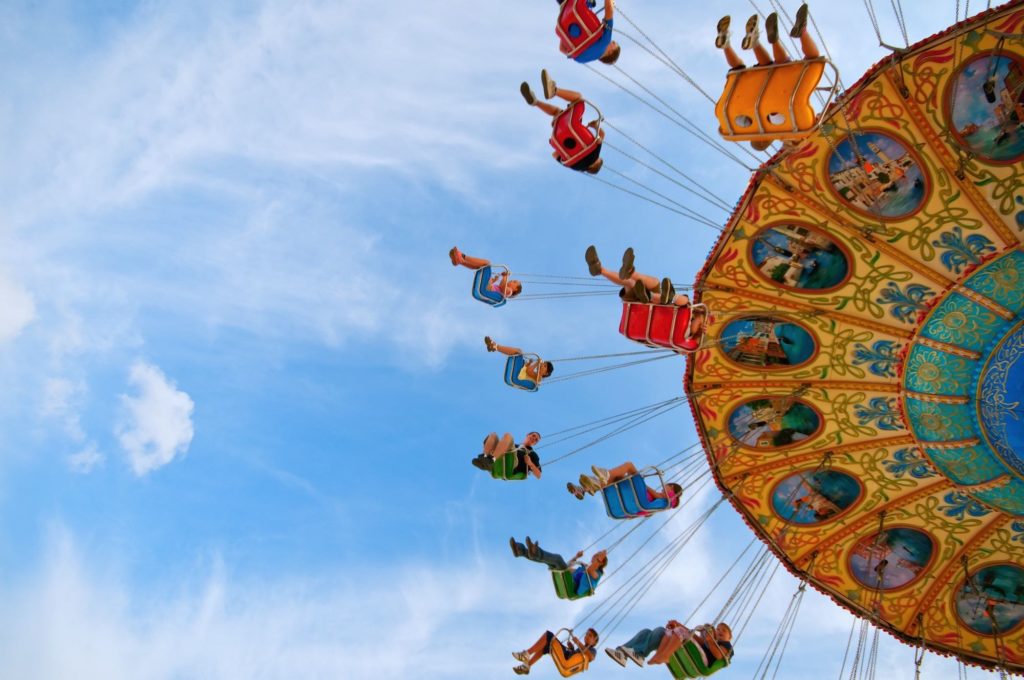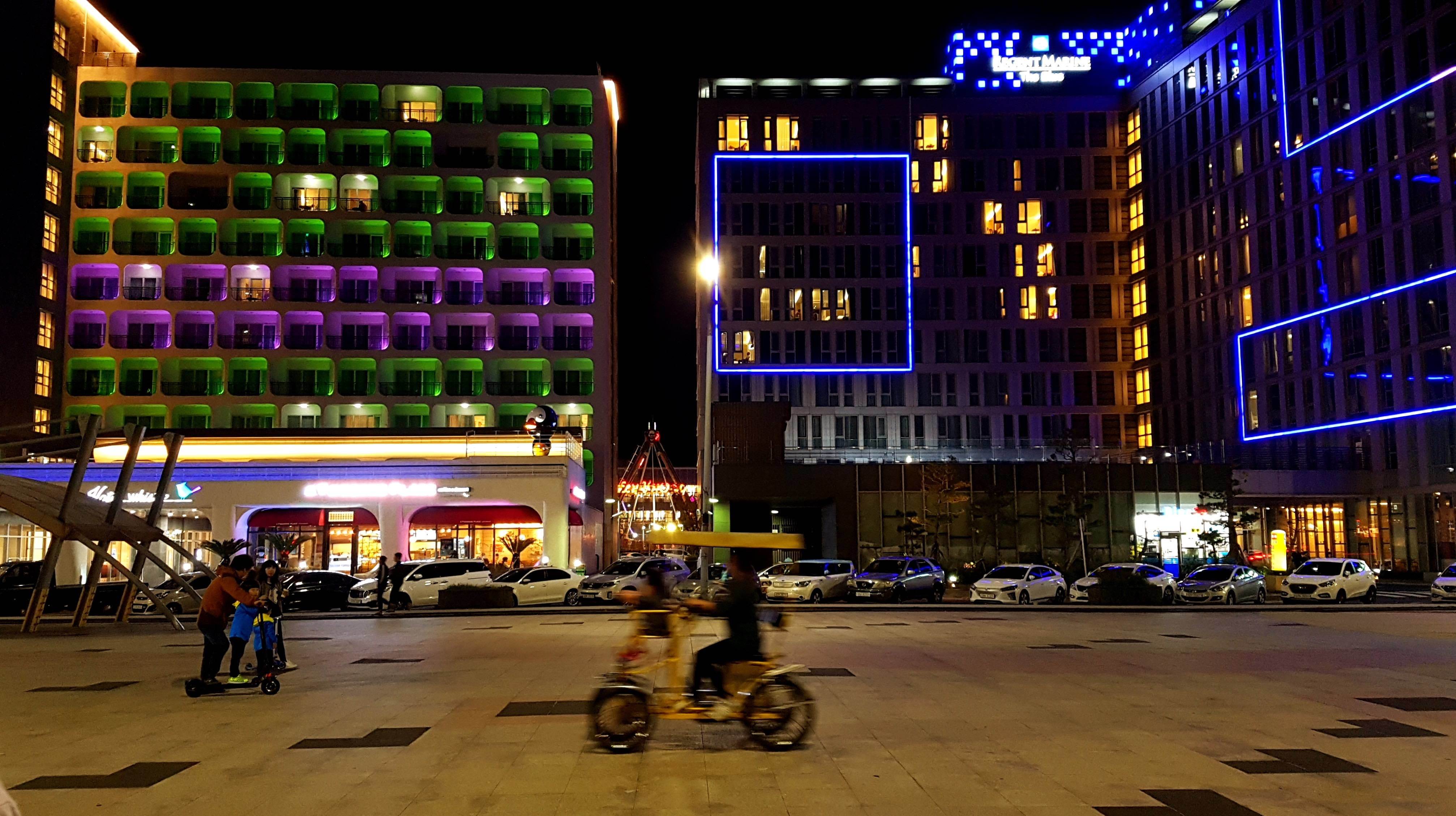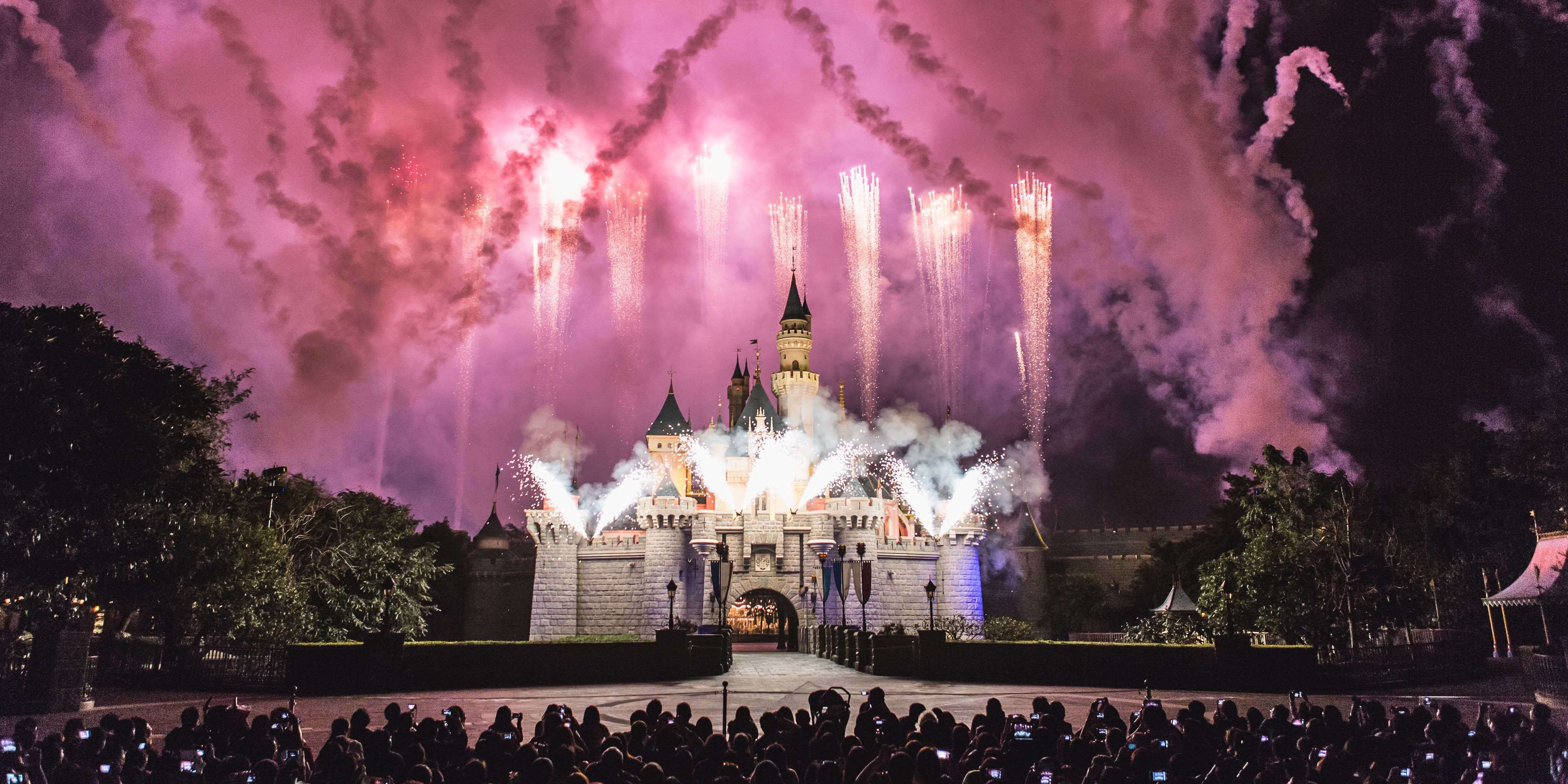Creative Thinking
Disney Imagineers and Theme Park Designers Are Leading Experience Marketing into a Whole New World of Brand Storytelling
By Liz Alton on July 27, 2018
Confession: I turn slightly green on "moderate" roller coasters. Yet because I've spent most of the last decade writing about themed entertainment design, people usually assume that I'm an adrenaline junkie.
The truth is more complex. I'm actually a storytelling junkie. From global storytelling behemoths like Disney to niche attractions that use storytelling to diversify their audiences, theme parks create worlds that immerse visitors and make their wildest flights of imagination come to life. Few industries have managed to integrate storytelling, the customer experience, and brand loyalty better than theme parks.
Marketers searching for new ways to tackle branded entertainment and experiential entertainment can uncover big takeaways by embracing their inner thrill seeker and exploring the world of entertainment design.
Applying Themed Entertainment to Experience Marketing
With so many brands embracing interactive features and multi-media storytelling, it's becoming harder and harder to tell the difference between a themed attraction and a brand experience.
Picture the following presentation, which I covered in a piece for Entertainment Designer, on a brand tour that Ford recently developed. Here's the rundown: "Manufacturing Innovation is a multimedia experience at the Ford Rouge Factory Tour at Henry Ford. The 10-minute show uses technology and projection mapping to help bring the brand's story to life. Multiple screens are used to support the projection mapping and are combined with factory automation robots. The experience follows along as an F150 pickup truck is created, from initial design to manufacturing, testing and finally delivery to the customer."
Ford's tour is a great example of experience marketing. From immersive storytelling to bringing cutting-edge technologies to bear, the line between marketing and entertainment is thinner than ever before. Brands are creating apps, virtual reality experiences, pop-up branded events, and full-scale immersive tours to delight customers, tell their origin stories, show the manufacturing process, and help build deeper, emotion-based connections.
Where does a brand get started when they're ready to dig deeper and produce larger-scale initiatives in the name of experience marketing?
Image attribution: Kichan Ki
Insights from Disney: Emotions and Storytelling
Disney is one of the best storytelling engines in the world. Immersive storytelling elevated the brand beyond the basics of regional amusement parks and water slide attractions to become a global titan that's captured imaginations from Orlando to China. The dream team that builds the attractions, the destinations, and every aspect behind the experiences are the Imagineers.
Disney describes the creative force behind their work in a way that I love, and which provides hints marketers can tap into for their own work: "Imagineering's unique strength comes from the dynamic global team of creative and technical professionals building on the Disney legacy of storytelling to pioneer new forms of entertainment through technical innovation and creativity.
"The name 'Imagineering' combines imagination with engineering. Building upon the legacy of Walt Disney, Imagineers bring art and science together to turn fantasy into reality and dreams into magic."
Before we look at specific insights from Imagineers, it's worth giving attention to the success Disney has had by building its team around a mixed discipline set of storytelling, technology, engineering, and creativity. There's a strong parallel between what Disney has accomplished and what today's brands are trying to do: Find the intersection of strong stories, customer emotions, and constantly evolving technology. For marketers, that can be a hint-not only at how to approach creative problem solving-but also how to explore new approaches to your hiring and staffing strategies.
Imagineers aren't simply employees-they truly believe in the brand's mission and the story it's telling. During a recent panel on Imagineers' focus on immersive storytelling, one Imagineer reported, "We think of story every moment of every day." Marketing is shifting into a time and space where we're being called to do the same. From bringing products to life to helping customers connect with the underlying purpose of your brand, whether you're writing social media copy or creating product packaging, every element of today's customer experience is being driven by story.
Boldly Going Where No Brand Has Gone Before
What entices many customers and scares many brands is that experiential marketing is fairly uncharted territory. Today, numerous brands have experimented extensively, but best practices are still being developed.
Disney and other brands have been pioneers of a forming revolution. In the same panel referenced above, another Imagineer member indicated the importance of a can-do attitude, not just in logistics, but in creative storytelling: "The impossible doesn't scare us. There's a way of figuring it out."
For marketers, this adage describes the realities of tackling brand storytelling as well as an underlying approach. Envision the best experience your customer can imagine. Seem impossible? Explore the different approaches, creative disciplines, and technologies that can help you make that a reality.
The Power of Emotional Brand Storytelling and Experience Marketing
In an interview with CMO, Disney alum Marty Sklar-who spent 53 years with the company-said, "Imagineers take 'know your audience' to a whole new level. When creating attractions, they experience the park as their guests do so they can understand how they feel every step of the way."
It's more than just the customer journey and the brand personas, although these elements of the marketing process become part of what brings the experience to life. Sklar advocates for a deeper understanding of what audiences really need-and then applying that flawlessly to an experience that speaks to your customers at every level.
For theme park designers, this approach means burying the details of a story in every element of the experience: a themed restaurant at Disney where every dish is named after a beloved character, Hogwarts being taken off the page of the Harry Potter books and brought to life at Universal Parks, Middle Eastern waterpark in which each ride tells a piece of a story about a young Emirati girl retrieving an important pearl for her village.
Marketers can take away several lessons, but I would argue that one of the most important areas to focus on is the discovery phase. It takes years to build great theme parks, and what makes them so unique is that each element of the world was chosen with a reason for why someone in the park would enjoy it. Invest time up front to really understand what audiences want and how you can deliver that emotional experience.
Image attribution: Jacob Dyer
Great Experience Marketing Starts with Strong Storytelling
An important source of wisdom? The design agencies that not only help bring attractions at Disney and Universal to life, but apply those same insights to making branded experiences a reality.
Just as every great Disney fairy tale starts with "Once upon a time," every great branded experience starts with the fundamentals of strong storytelling.
In a previous interview, Christian Lachel, executive creative director and vice president at BRC Imagination Arts, told me something I've never forgotten. He said, "Entertainment has always revolved around creating an engaging and emotional story. Great stories touch the heart of the audience and take people on unforgettable journeys. The same is true for brand stories. Unforgettable customer experiences have a strong central theme that provides structure, and their narratives reflect shared audience values."
Ultimately, he noted, the goal "is to create an engaging experience that allows audiences to become emotionally invested and to participate in the narrative. That's what leads to a transformative experience that deepens brand loyalty."
The techniques we use to accomplish that transformative experience are often the same, from branded attractions to theme parks. Establishing strong narrative structures, guiding audiences through emotional arcs, and using technologies that help storytellers connect emotionally all play a role. Experience entertainment is getting bigger and bigger, both in terms of what brands are trying to accomplish and the share they're comprising of the marketing mix. When you're feeling stuck or looking for inspiration, remember: You might not have the brand history, big budget, or technical wizardry of a company like Disney, but nothing is impossible. What would an Imagineer do?
For more stories like this, subscribe to the Content Standard newsletter.
Featured image attribution: Scott Webb




